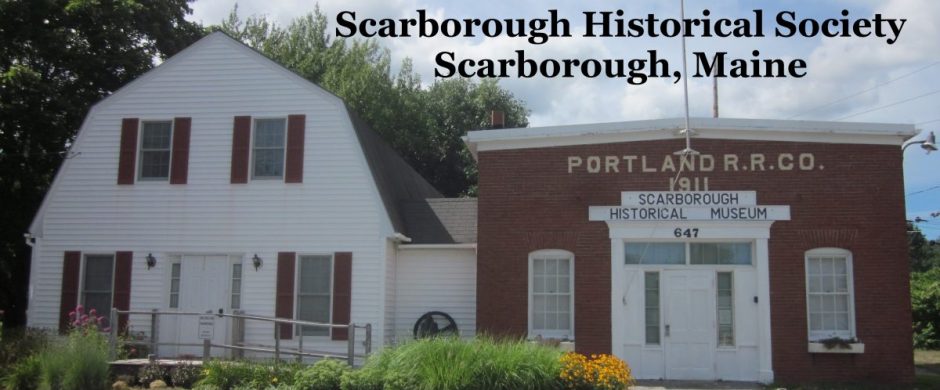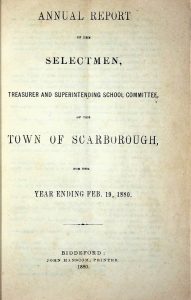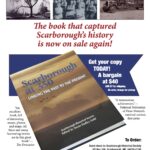By Becky Delaware
If you enjoy local history, town annual reports are a great source of information. The earliest Scarborough reports date from the 1850s. Those from the 1880s on are the most common; however, the earlier the report, the more detailed the information is. The end of the report usually provides the warrant for that year and the budget committee’s recommendation on each article. Warrants were the issues that voters would consider at town meeting. Only men who had paid poll taxes could vote; later, women were allowed to vote. Sometime in the 1960s, poll taxes were eliminated.
Town officers for the previous year are listed at the beginning of the report, followed by the Selectmen’s report. The Selectmen’s report lists the valuation of the town in terms of poll taxes paid and personal property, including animals, and money appropriated the year before. Expenditures for taking care of roads, including streetlights and bridges, are listed by the individual and often the job done. Officers’ salaries are also given.
The school report, usually given by the school board or the superintendent, provides information collected from the school agent of each district school [one-room school]. The school agent hired the teachers and took care of the needs of the school throughout the year. If there were a high school, the principal would give a report. Included in the school report is usually a chart listing the schools and the attendance at each. Teachers are listed by school, performance, or by educational background. Often another financial account of school expenditures might be included here. Sometimes high school graduates for the year are listed. The town Health Officer’s report is also included.
The Town Clerk’s report lists marriages, deaths, and births by name and date. (Good information for genealogists). During war times, soldiers from the town were often listed. The town ceased providing this information in the 1940s. Reports from the Poor Farm*, cemeteries, and tax collectors and the auditor’s report are included.
After the 1960s, the information is less detailed and more generalized. If you are interested in this type of history, I would encourage you to read the town reports. Many reports are online; but if you like to hold a book while you read, the Scarborough Historical Museum has some reports available for purchase at 50 cents each. Come in and visit.
*The Poor Farm was for people who were not physically or financially able to care for themselves. Residents usually contributed whatever labor they were able to provide. A woman might peel potatoes for meals, while a man might feed the animals. An overseer and his family operated the farm.


